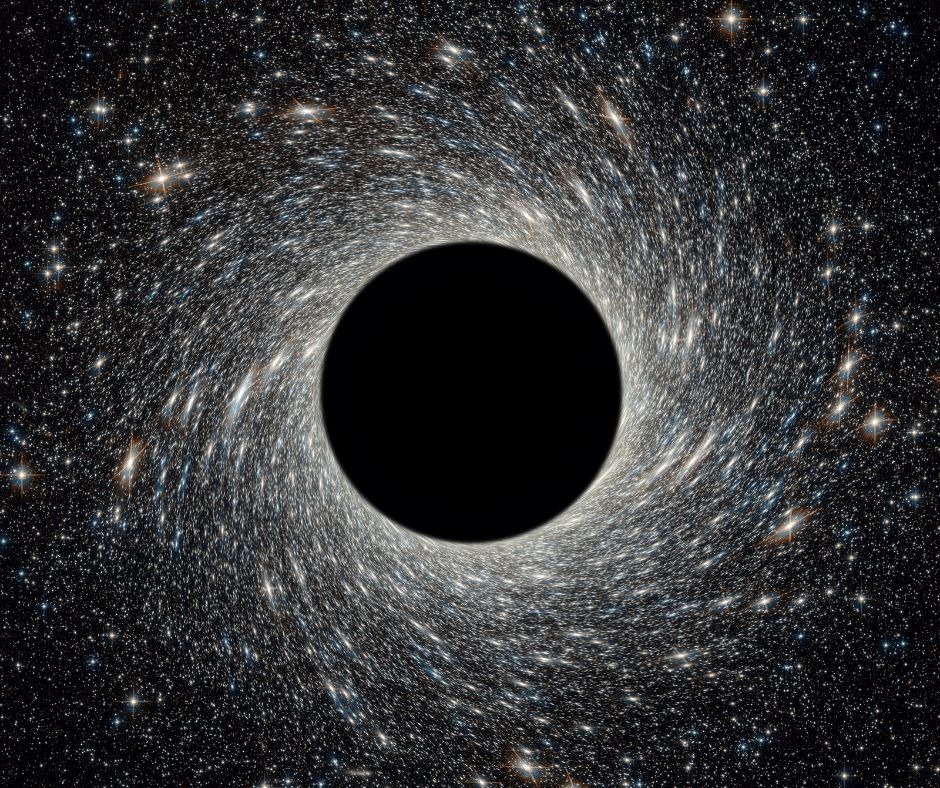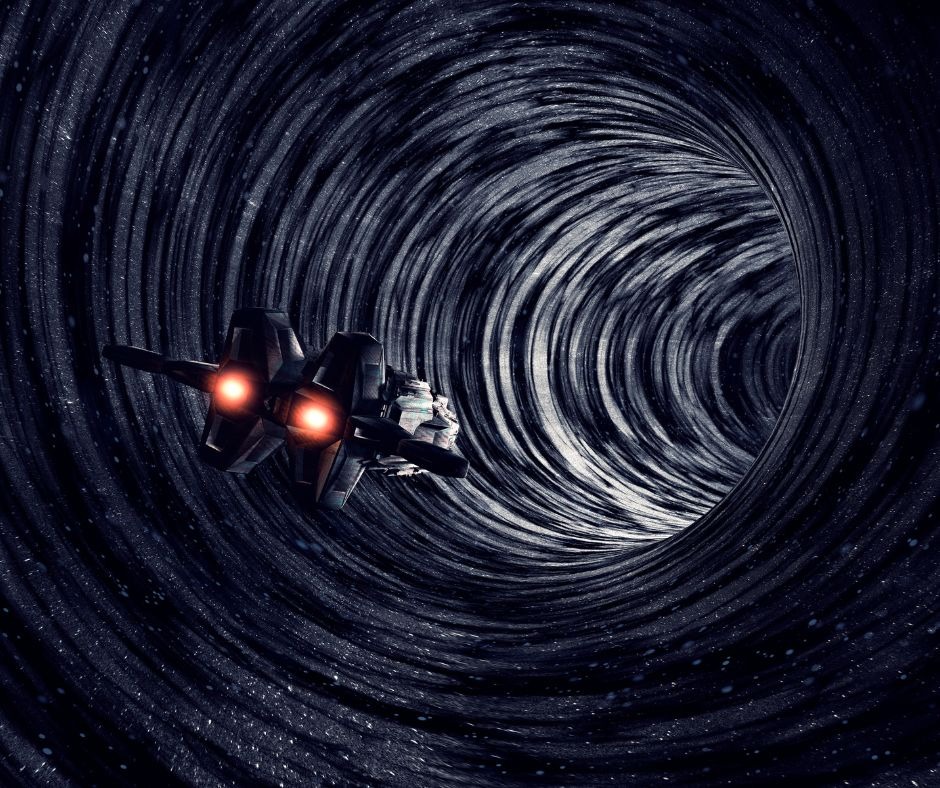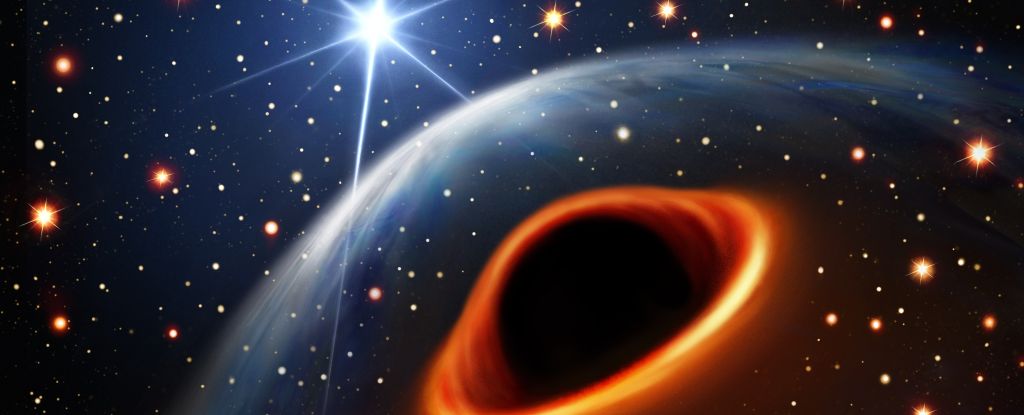There are no items in your cart
Add More
Add More
| Item Details | Price | ||
|---|---|---|---|

A cosmic whisper in the void, challenging what we know of space's deep mysteries.
Sat Jan 20, 2024
"In the galaxy's vast canvas, we've spotted an anomaly—teasing the boundaries between neutron stars and black holes."
The Milky Way, our home galaxy, has always been a treasure trove of cosmic mysteries and astronomical wonders. Recently, astronomers have added another intriguing entry to this celestial catalog: a mysterious object that challenges our understanding of the cosmos. This discovery, poised at the edge of known astrophysical phenomena, could potentially rewrite the textbooks on black holes and neutron stars.
Astronomical Anomaly: Between a Neutron Star and a Black Hole
The object in question, detected in a cluster of stars at the outskirts of the Milky Way, presents a rare cosmic puzzle. Its mass, estimated to be between 2.09 and 2.71 times that of our Sun, places it squarely in the 'black hole mass gap.' This range, between 2.2 and 5 solar masses, has been notably sparse in terms of neutron star or black hole discoveries. The object's unique mass raises a tantalizing question: is it the heaviest neutron star or the lightest black hole ever observed?
Unraveling the Mystery with MeerKAT
The MeerKAT radio telescope played a pivotal role in this discovery. Observations made using this powerful instrument revealed that the object orbits a millisecond pulsar – a rapidly spinning neutron star. This setup is not just rare but potentially the first-ever observed pairing of a pulsar with a black hole, if the latter is what this object turns out to be.
Implications: A New Window into Extreme Physics
The implications of this discovery are far-reaching. If this object is indeed a black hole, it would be groundbreaking as it would represent a first-of-its-kind pairing with a pulsar. This could offer unprecedented opportunities to test Einstein's general theory of relativity in new ways. On the other hand, if it's a neutron star, it would be the most massive of its kind ever found, providing valuable insights into nuclear physics under extreme conditions.
Continuing the Cosmic Quest
The research teams from The University of Manchester and the Max Planck Institute for Radio Astronomy, who are leading this study, emphasize that there is much more to uncover about this system. Whether it's a black hole, neutron star, or an entirely new type of celestial object, this discovery opens a new chapter in our quest to understand the universe's most extreme objects. It stands as a testament to the relentless human pursuit of knowledge beyond our planet, promising exciting developments in our understanding of the cosmos.
Stay tuned as astronomers continue to probe this mystery, hoping to unravel the true nature of this enigmatic object. The journey through the unknown realms of our galaxy continues, and with each discovery, we come closer to understanding the vast and mysterious universe we call home.
The exploration of this intriguing celestial phenomenon reflects the ever-evolving nature of astronomy and astrophysics. As technology advances and our gaze into the cosmos deepens, who knows what other mysteries await discovery in the starry depths of our galaxy?

SAMEER KUMAR